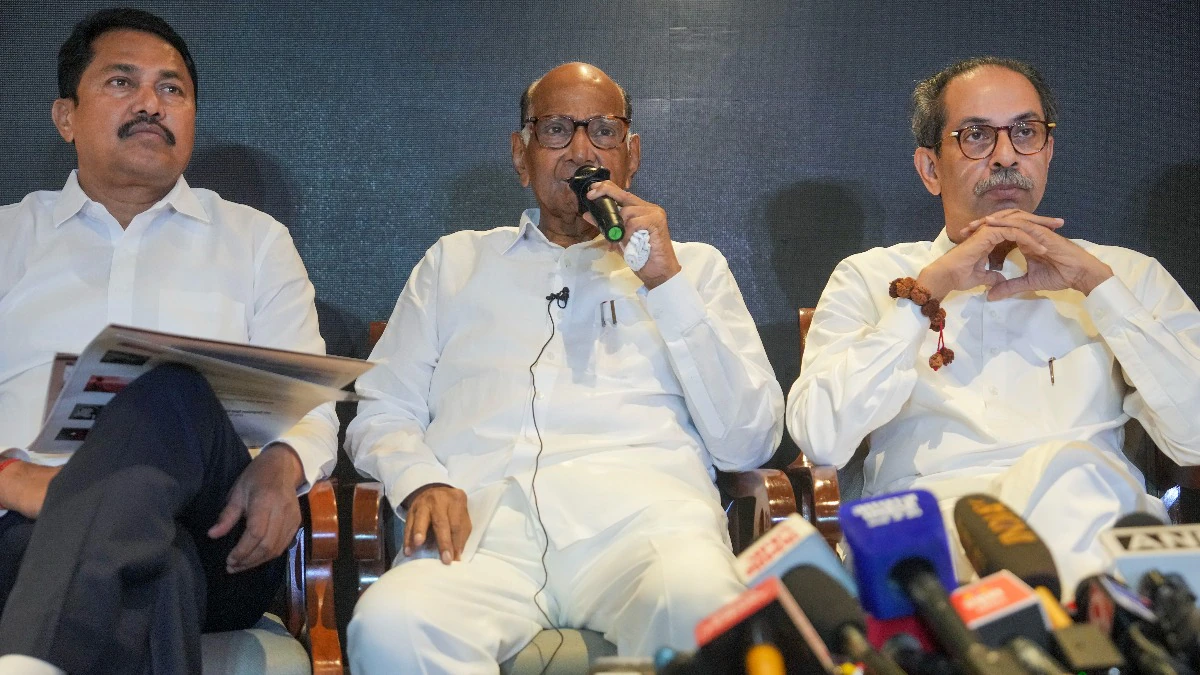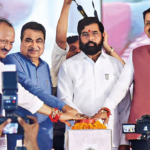Maharashtra’s political scene is currently tense with anticipation as the state gets closer to its November 20, 2024, Assembly elections. Significant developments have occurred throughout the current election campaign, most notably the rise of different factions within major parties and the call for change spearheaded by prominent political leaders.
Significant Political Events
The Demand for Change by Sharad Pawar
The recent remarks made by Sharad Pawar, the leader of the Nationalist Congress Party (NCP), at a campaign rally in Jalgaon are among the most important incidents influencing the present political conversation. In order to address urgent problems like farmer suicides, unemployment, and violence against women, Pawar underlined the urgent need for a change in governance. He blasted the Shiv Sena, BJP, and NCP factions that form the ruling coalition for not doing enough to raise living standards in Maharashtra[3][4]. His comments reflected a rising belief among opposition parties that the needs of underserved populations have not been sufficiently met by the current administration.
Voters respond favourably to Pawar’s call to action, which urges them to view the Maha Vikas Aghadi (MVA), a coalition of the Congress, NCP, and Shiv Sena (Uddhav Balasaheb Thackeray faction), as a strong contender. He emphasised their joint endeavour to unite against the ruling coalition and declared that the MVA is dedicated to working relentlessly to ensure a victory in the next elections[3].
The division of political parties
Fragmentation within major parties further complicates the political situation. Internal conflicts within both the NCP and Shiv Sena have an impact on Maharashtra’s governance in addition to their election methods. Multiple groups among these parties have created a highly competitive electoral environment where local dynamics and personal goals have eclipsed ideological differences [1].
According to political commentators, this fragmentation could result in an uncertain election outcome since local factors, rather than party affiliation, could cause a sharp shift in voter loyalties. The political scene is further complicated by the large number of independent candidates and smaller parties, which makes it challenging for any one party to win a certain majority.
Voter dynamics and election strategies
Emphasis on Female Voters
Parties are putting a lot of effort into winning over women voters as they prepare for the election; this group has been quite important in prior Indian elections. While the MVA pledges greater income support as part of its campaign plan, the ruling Mahayuti coalition’s initiatives, such as the “Ladki Bahin” scheme, are intended to give women financial support. Women’s problems are becoming more prominent on party agendas in Indian politics, which is reflected in this focus [3][5].
Stability of BJP Leadership
The Bharatiya Janata Party (BJP), on the other hand, seems dedicated to preserving unity among its members, especially with regard to Deputy Chief Minister Devendra Fadnavis. In anticipation of the Assembly elections, BJP leadership has asked Fadnavis to retain his role in party organisation and governance in the wake of the 2017 Lok Sabha elections’ poor results. This choice shows a calculated attempt to maintain continuity and consolidate authority in the face of growing opposition party competition [6].
Consequences for Political Dynamics in Maharashtra
The forthcoming elections mark a turning point in Maharashtra’s political history and are about more than just selecting legislators. The results will probably have an impact on public opinion of existing political organisations, coalition dynamics, and policy directions. Opposition groups might feel more confident and possibly redefine future coalitions if they put on a strong show.
On the other hand, if the ruling coalition maintains its hold on power in spite of internal conflict, it can indicate that voters still approve of their style of government. As a result, this election cycle is regarded as a gauge of public opinion on Maharashtra’s effectiveness in government and factional politics.
In conclusion, important leaders like Sharad Pawar are rallying support as Maharashtra prepares for its Assembly elections in the face of shifting voter trends and political division. In addition to party politics, the choices taken in the upcoming weeks will have a long-term impact on Maharashtra residents’ daily lives.
Citations:
[1] https://timesofindia.indiatimes.com/topic/maharashtra-politics/news
[2] https://www.moneycontrol.com/news/india/how-an-unreleased-report-is-fuelling-suspense-in-maharashtra-politics-12788864.html
[3] https://www.thehindu.com/elections/maharashtra-assembly/change-in-government-necessary-in-maharashtra-to-improve-living-conditions-sharad-pawar/article68855477.ece
[4] https://indianexpress.com/article/cities/pune/mud-flies-in-maharashtra-polls-reference-to-sharad-pawars-face-9658914/
[5] https://timesofindia.indiatimes.com/city/mumbai/raj-thackeray-criticizes-cm-shinde-over-political-flip-flops-in-maharashtra/articleshow/114956946.cms
[6] https://indianexpress.com/article/cities/mumbai/bjp-leadership-rules-out-changes-in-maharashtra-fadnavis-amit-shah-9400690/
[7] https://en.wikipedia.org/wiki/Politics_of_Maharashtra
[8] https://www.thehindu.com/opinion/editorial/crowd-of-confusion-on-the-maharashtra-political-scene-polls/article68846189.ece










